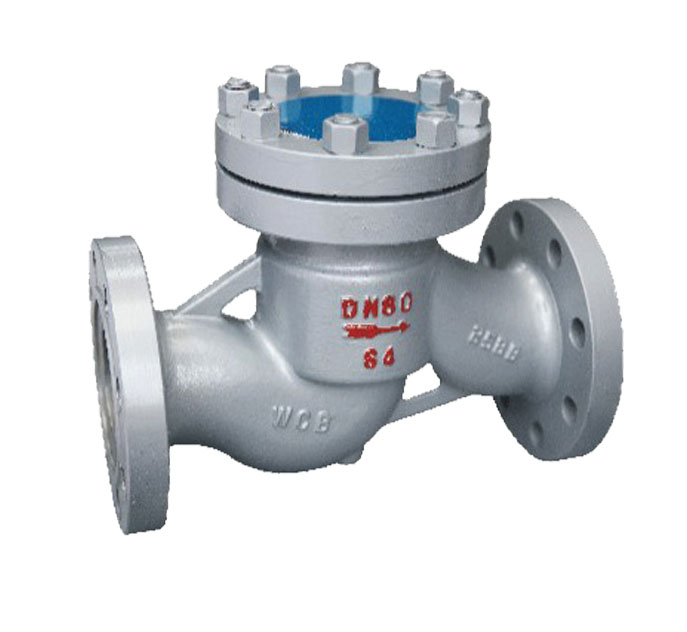Exploring Different Types of Pipe Fittings for Various Applications and Uses
Types of Fittings in Pipes
Piping systems are essential components utilized across various industries, from residential plumbing to large-scale industrial applications. An essential part of these systems is the fittings, which connect sections of piping and facilitate changes in direction, diameter, and flow. Understanding the different types of fittings and their applications is crucial for effective design and maintenance of piping systems.
1. Elbows
Elbows are fittings that allow for changes in the direction of the piping system. They are available in different angles, with the most common being 90-degree and 45-degree elbows. The choice of elbow angle depends on the application’s requirements, such as flow rate and space constraints. Elbows can be made from various materials, including PVC, copper, and stainless steel, ensuring compatibility with different pipe materials.
2. Tees
Tees are designed to connect three sections of pipe, allowing for a branch off the main line. They come in two types equal tees, which have the same diameter on all three ends, and reducing tees, which have one end reduced to a smaller diameter. Tees are commonly used in plumbing systems and industrial applications, providing a straightforward way to divert flow and create a branch line.
3. Couplings
Couplings are fittings that connect two lengths of pipe, typically of the same diameter. They are crucial for extending the length of a pipeline or repairing damaged sections. Couplings can be threaded or slip-on, with the latter requiring the pipes to be joined to be of the same diameter. There are also reducing couplings available for joining pipes of different diameters.
types of fittings in pipes

Caps and plugs serve the primary purpose of closing the ends of the pipes. Caps are used to cover the end of a pipe, while plugs are inserted into a pipe’s opening to stop the flow. They are often utilized during maintenance or when sections of a system are temporarily taken offline. These fittings come in handy during testing and repair operations by preventing liquid or gas leakage.
5. Unions
Unions are fittings that allow pipes to be connected or disconnected without needing to unscrew or cut the pipe. This ability makes unions particularly useful in situations where regular maintenance is required, such as in hydraulic and steam systems. They come in various configurations, including threaded, soldered, and slip options, providing flexibility depending on the installation requirements.
6. Flanges
Flanges are circular plates with holes for bolts, used to connect two sections of pipe or to connect pipes to valves or equipment. They are widely used in industrial settings due to their robustness and ease of maintenance. Flanges come in different sizes and pressure ratings, ensuring compatibility across various systems and allowing for easy disassembly when necessary.
7. Reducers
Reducers are fittings that allow for a change in pipe diameter, enabling the connection of pipes of different sizes. They can be concentric, where the smaller pipe is centered on the larger pipe, or eccentric, which allows for proper drainage in horizontal runs. Reducers are often used in systems where flow needs to be modified or adapted for different equipment.
Conclusion
The variety of fittings available for piping systems ensures flexibility and adaptability in design and installation. Each type of fitting has its specific purpose and application, underscoring the importance of selecting the right fitting for any piping project. Understanding these fittings enhances the ability to design effective piping systems that are reliable, efficient, and suited to meet the demands of various applications. Proper use of fittings not only facilitates smooth and efficient flow of liquids and gases but also minimizes the risk of leaks and system failures, ultimately ensuring the longevity and safety of the piping infrastructure.
-
High-Security Lockable Gas Valve - Tamper-Proof ControlNewsAug.30,2025
-
Reliable Hydraulic Valves for Efficient Fluid ControlNewsAug.29,2025
-
Reliable Electric Actuators for Industrial Valve AutomationNewsAug.29,2025
-
Premium Line Blind Valves for Secure Pipeline IsolationNewsAug.29,2025
-
Premium Electric Valves for Smart Fluid Control SolutionsNewsAug.29,2025
-
Precision Balanced Valves for Optimal System PerformanceNewsAug.29,2025
-
Heavy-Duty Flanged Butterfly Valves for Water SystemsNewsAug.29,2025




